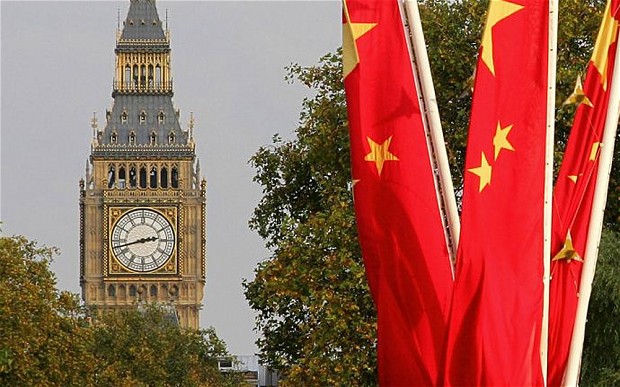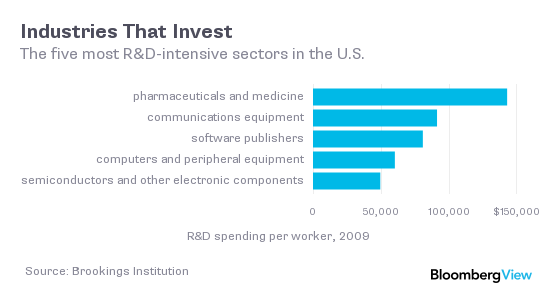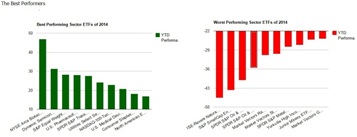Bloomberg’s Betty Liu Moves to C-Suite Role at NYSE
(Original story from Traders Magazine – June 6- by John D’Antona Jr.)–The women’s movement continues at the U.S.’ NYSE, the oldest public stock exchange, announced that former Bloomberg “babe” Betty Liu, who is also founder of financial content firm Radiate, Inc., will become Vice Chair of the NYSE, the global financial industry’s most famous bourse, a subsidiary of Intercontinental Exchange Inc. (MarketsMuse Senior Editor expresses warm note to Betty and re: the phrase used in quotes above is intended to be entirely respectful and complimentary –and not to be misconstrued as ‘not PC’ or to inspire a #MeToo moment)
Intercontinental Exchange, Inc., operator of the New York Stock Exchange, announced today that Betty Liu, an award-winning business journalist and entrepreneur, is joining the New York Stock Exchange as Executive Vice Chairwoman. Her appointment takes effect July 9. Liu will also join the NYSE Group Board.

Liu is the Founder and CEO of corporate leadership advisory Radiate, Inc. and a 10-year veteran of Bloomberg Television, where she most recently co-anchored Bloomberg’s “Daybreak Asia” and “Daybreak Australia.” In her new role at NYSE Group, Liu will bring her global experience working with thought leaders, newsmakers and C-level executives to the Exchange. Working with NYSE President Stacey Cunningham and NYSE COO John Tuttle, along with the senior leadership teams of the NYSE and Intercontinental Exchange, Liu’s mission will focus on strengthening and building the NYSE leadership network, cultivating connections through live events and creating valuable opportunities for organizations to connect across the NYSE’s unmatched listed community of 2,400 leading global companies.
Liu will be joining the NYSE alongside its acquisition of Radiate, Inc., the company Liu founded in 2016 to empower emerging leaders with expert advice. ICE’s acquisition of Radiate is subject to customary approvals. When the deal is complete, Radiate’s team and content will become assets of the New York Stock Exchange and will be scaled across NYSE platforms. Radiate offers a library of more than 2,000 short-length video lessons taught by over 100 global CEOs and thought leaders. The Radiate platform, when it becomes a part of the NYSE, will add to the Exchange’s broad array of content and events. The transaction is expected to close in June and will not impact ICE’s 2018 results or capital return plans.
“Betty is a valuable addition to our leadership team, bringing her unique experience and perspective gained through her global postings and firsthand experience as a media entrepreneur,” said Stacey Cunningham, President of NYSE Group. “By working directly with the leadership of emerging and leading companies, and leveraging the Radiate platform, Betty will help us offer our customers even more opportunities to tap the NYSE network to connect and share ideas on our global stage.”
Liu’s years of international experience working for major news organizations include CNBC, Dow Jones, and the Financial Times. She has been stationed in Atlanta, Hong Kong and Taiwan on assignments.
If you’ve got a hot insider tip, a bright idea, or if you’d like to get visibility for your brand through MarketsMuse via subliminal content marketing, advertorial, blatant shout-out, spotlight article, news release etc., please reach out to our Senior Editor via cmo@marketsmuse.com.
For the TradersMagazine story, click here















